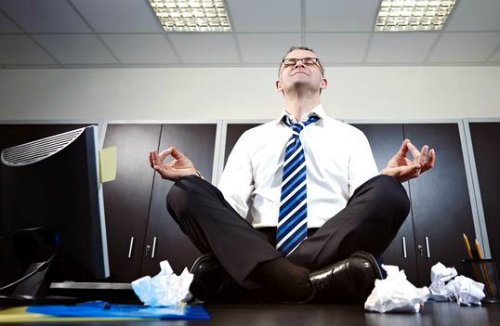Each year tens of thousands of people suffer an injury as a direct result of either a slip, a trip or a fall costing the national economy hundreds of thousands of lost works days, not to mention the tens of millions of dollars in workers compensation payments.
And that is just the financial aspects of a bad fall. The physical and emotional aspects are too high to even be properly taken into consideration. Let us check out the more common trip hazards and how to go about avoiding the same.

-
Reduce wet and slippery surfaces to a bare minimum
By and large, walking surfaces tend to account for a very significant portion of injuries, both on and off the workplace.Some of the most frequently reported injuries due to wet services tend to occur in the following areas:
- Floors in general
- Parking lots
- Food preparation areas
- Sidewalks (or lack of the same thereof)
- Shower stalls in many residential dorms
- Bathrooms
-
Various obstacles in aisles and walkways
Many injuries can also directly result from tripping and falling due toclutter, obstacles, materials and assorted equipment in corridors, aisles, entranceways as well as stairwells and stair cases. In this regard proper housekeeping in both work as well as traffic areas is still widely considered to be the most effective control measure when it comes to avoiding the pitfalls of these specific types of hazards. What this means is that the administration should have the policies and/or procedures in place when it comes to allowing specific time periods for cleaning any particular area, especially where scrap material or waste is generated as a byproduct of the cleaning operation:
- It is important to Keep all such work areas, as well as passageways, and storerooms and their ancillary service areas both clean and orderly.
- One should avoid stringing open cables cords, or any air hoses across hallways or corridors or even in any designated aisle that does not have any specific area creamery demarcated for the same
- It is also important to avoid leaving files,boxes, or briefcases in the aisles and other office areas.
- It is also deemed prudent to encourage safe work practices, such as reading all about controlling trip hazards and also learning to close file cabinets, desks and drawers after use, and developing a habit of picking up loose objects from the floor.
The administration should also conduct periodic inspections for slip and trip hazards.
-
The seminal importance of proper lighting in work areas
Poor lighting both in the workplace and beyond is typically associated with an increase in accidents. However, it can be avoided in the following ways
- Keep all work areas well-lit and clean
- Upon entering a darkened room, one should always switch on the light first
- It is important to keep all poorly lit walkways as clear of clutter and obstructions as possible
- Keep the area around the light switches both clear and accessible
- It important to repair switches, fixtures, and cords immediately if they start to malfunction in any way.
- Following the above precautions can go a long way in ensuring that trip hazards are minimized to the greatest possible extent
